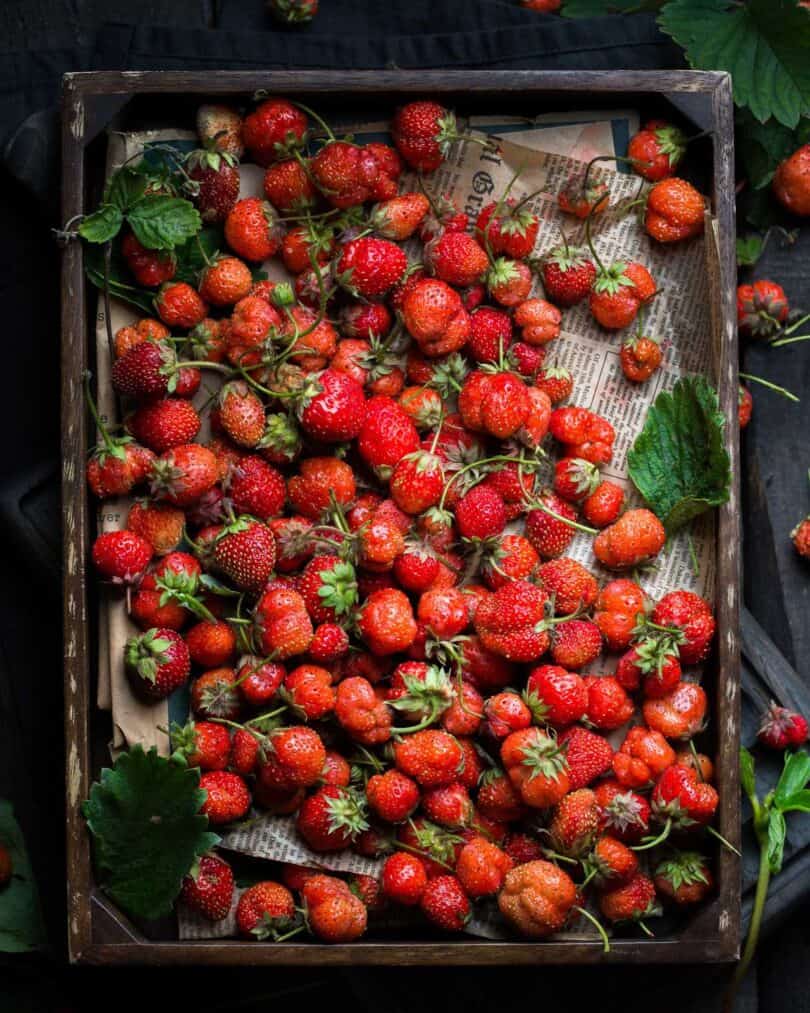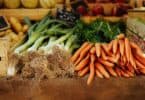In the world of baking, success can be elusive for those who have yet to master the basics. However, with the right techniques and a little know-how, anyone can become a baking extraordinaire.
In this article, readers will discover the secrets to achieving consistent and delicious results every time they step into the kitchen. From precise measurements to temperature control, this comprehensive guide will equip bakers with the knowledge they need to create mouthwatering treats that are sure to impress.
So, gather your ingredients and get ready to embark on a baking journey like no other.
Key Takeaways
- Take your time and be patient while baking to avoid mistakes and achieve better results.
- Measure ingredients accurately using a scale or measuring cups and spoons to ensure consistent results.
- Stick to well-tested recipes and follow the order of ingredients to maintain the desired texture of baked goods.
- Pay attention to temperature control, including using room temperature ingredients and getting to know your oven’s characteristics.
Preparation and Time Management
Bakers should never rush the preparation process. Taking the time to read the recipe, gather ingredients, preheat the oven, and grease pans leads to better results.

Time-saving tips and organization strategies can help bakers stay efficient and focused in the kitchen. One time-saving tip is to gather all the necessary ingredients before starting the recipe. This prevents the need to pause and search for items later.
Another strategy is to premeasure ingredients and place them in separate bowls or containers. This not only saves time during the baking process but also ensures that all ingredients are ready to go when needed.
Additionally, having a clean and organized workspace helps to streamline the baking process.
Accurate Measurements
Following the order of ingredients in a recipe ensures that the texture of the baked goods is not compromised. Accurate measurements are crucial in achieving consistent results. To achieve this, bakers must utilize the appropriate measuring tools and understand measurement conversions.
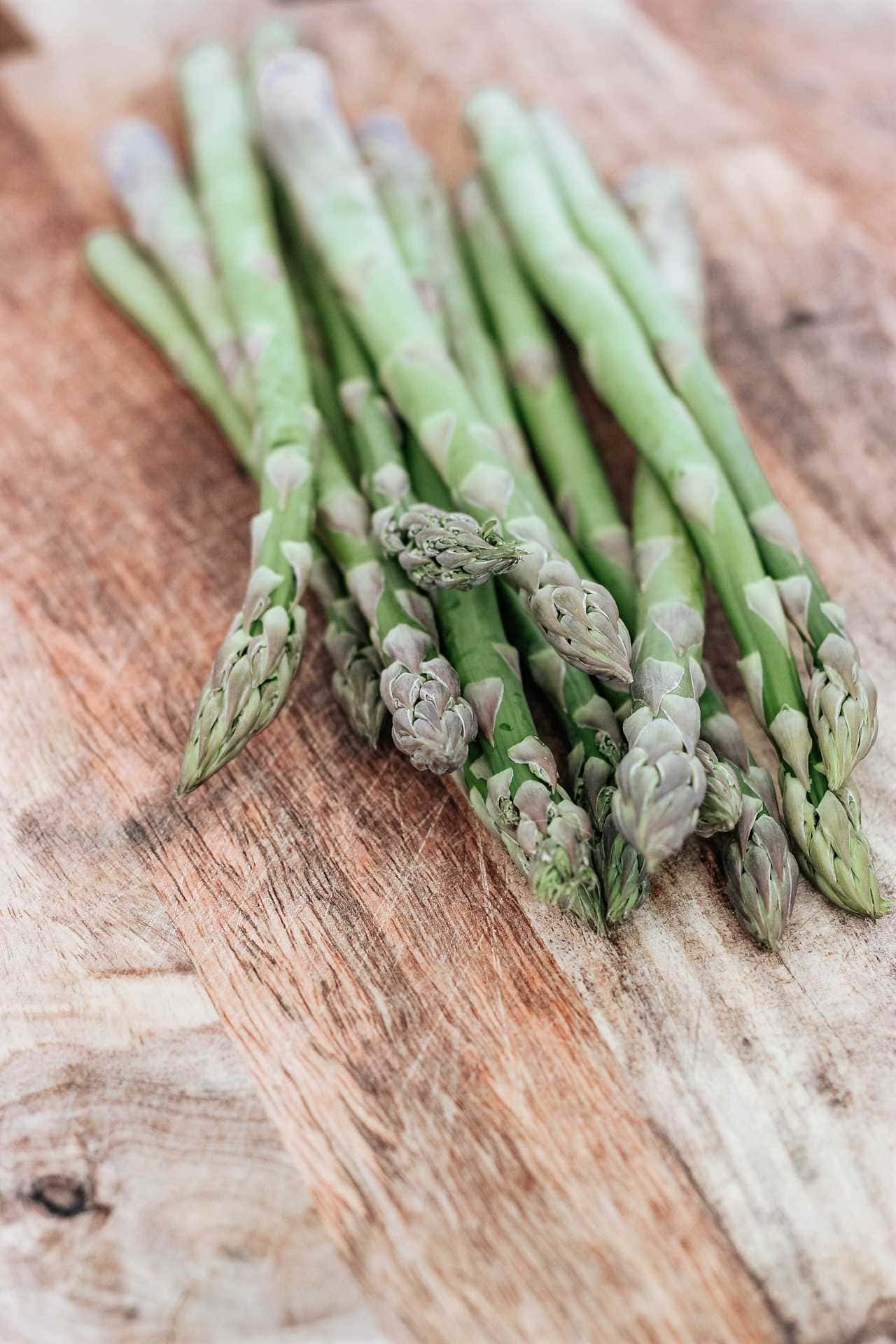
Here are four key points to consider when it comes to accurate measurements in baking:
-
Measuring Tools: Utilize measuring cups, spoons, and scales to accurately measure dry and liquid ingredients. These tools ensure precise measurements, resulting in consistent outcomes.
-
Measurement Conversions: Familiarize yourself with measurement conversions to ensure accurate ingredient amounts. Understand the difference between volume and weight measurements to avoid any discrepancies in your recipe.
-
Consistency and Precision: Level off dry ingredients with a spoon and use clear liquid measuring cups for liquids. This attention to detail guarantees accurate measurements, leading to consistent and well-textured baked goods.

-
Recipe Integrity: By following the order of ingredients in a recipe, you maintain the integrity of the recipe and its intended outcome. Each ingredient is carefully placed for a reason, and any deviation can compromise the texture and taste of the final product.
Ingredient Substitutions and Order
Understanding the importance of ingredient substitutions and the order in which they are added to a recipe is essential for achieving desired results in baking. Following the recipe carefully ensures that the flavors and textures come together harmoniously.
However, for those who desire freedom in the kitchen, exploring unique flavor combinations can be an exciting adventure. While it’s important to follow the recipe as a beginner, gaining experience and knowledge allows for more experimentation with ingredient substitutions.
It’s crucial to understand the impact of each ingredient on the final outcome and to respect the order in which they are added. By understanding this, bakers can confidently explore different flavors while still achieving delicious and successful results in their baked goods.

Temperature Control
Achieving consistent and uniform textures in baked goods relies heavily on controlling the temperature of the ingredients used in the recipe. Room temperature ingredients play a crucial role in creating a smooth and cohesive batter, resulting in a delectable treat. By allowing eggs, milk, and butter to reach room temperature, they emulsify more easily, ensuring a uniform texture throughout.
Planning ahead and setting out ingredients in advance is key to achieving this. Additionally, using an oven thermometer is essential for accurate temperature control. Different ovens can have variations in heating and hot spots, so it is important to know your oven’s characteristics.
Oven Management
To effectively manage their oven, bakers should familiarize themselves with its heating characteristics and hot spots by using an oven thermometer. This tool allows for accurate temperature readings, helping bakers adjust the oven temperature and baking times accordingly. By understanding the specific quirks of their oven, bakers can optimize their baking results and achieve consistent and delicious treats every time.
Here is a helpful table to illustrate the importance of using an oven thermometer:
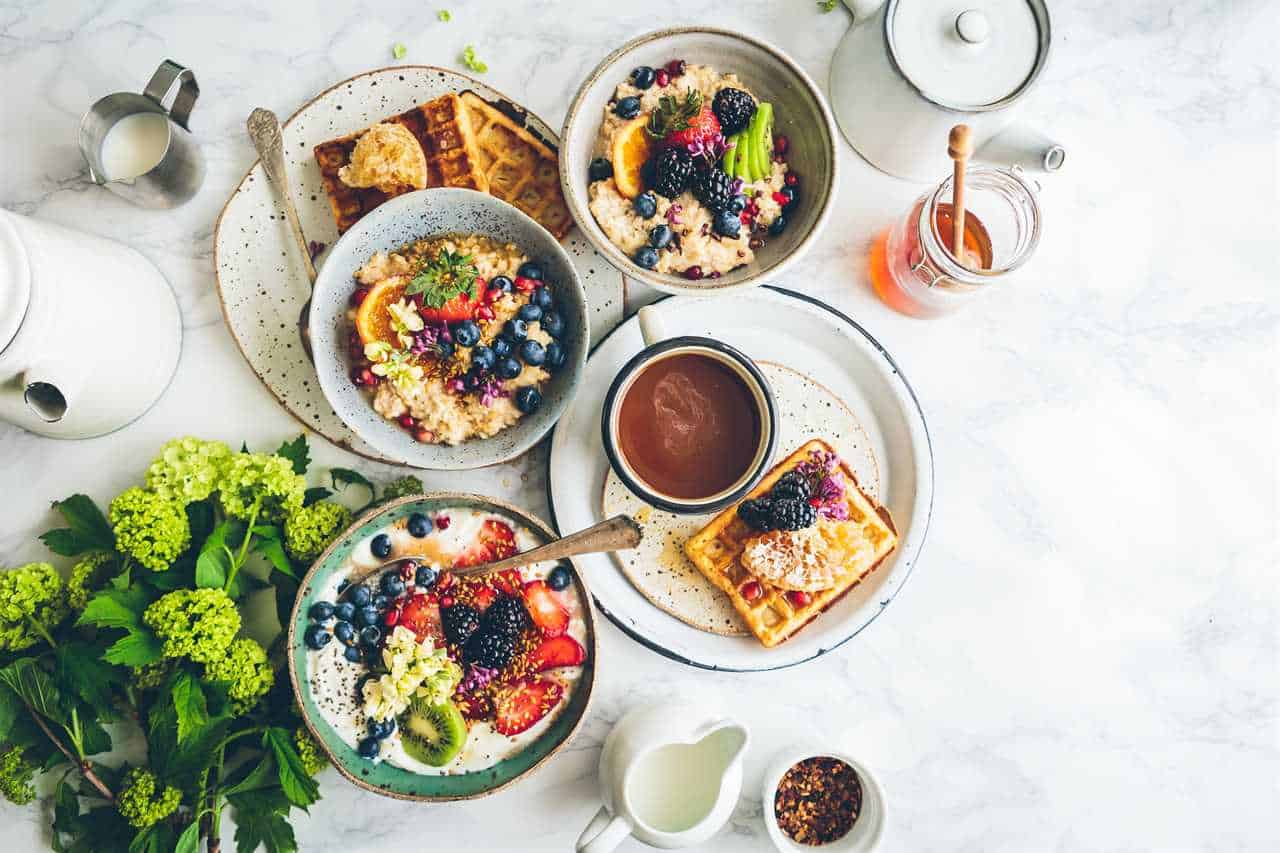
| Oven Temperature | Oven Thermometer Reading |
|---|---|
| 350°F | 375°F |
| 400°F | 425°F |
| 450°F | 475°F |
| 500°F | 525°F |
Using an oven thermometer ensures that the oven is set at the correct temperature, as ovens can often have variations in heating. This allows bakers to make necessary adjustments to achieve the desired baking results. By keeping a close eye on the oven thermometer, bakers can confidently navigate the temperature control and baking times, giving them the freedom to create perfect baked goods.
Proper Mixing Techniques
Proper mixing techniques involve incorporating ingredients evenly to create a cohesive batter or dough. This ensures that all the components are thoroughly combined, resulting in a smooth and consistent texture. To achieve this, here are some essential mixing bowl techniques:
- Use a whisk or spatula to gently fold the ingredients together, avoiding overmixing.
- Incorporate air into the mixture by using a whisk or electric mixer on low speed.
- Rotate the mixing bowl while mixing to ensure all ingredients are evenly distributed.
- Scrape the sides and bottom of the bowl regularly to prevent any unmixed ingredients.
By following these techniques, you can achieve a light and airy texture in your baked goods. The incorporation of air creates a soft and fluffy result, adding to the overall enjoyment of the final product.
Understanding Leavening Agents
Understanding leavening agents is crucial for achieving light and fluffy baked goods. Leavening agents are ingredients that help baked goods rise by creating air bubbles in the batter or dough. There are different types of leavening agents, including chemical leaveners, such as baking powder and baking soda, and biological leaveners, such as yeast. Each type of leavening agent works differently and requires specific ratios for optimal results.
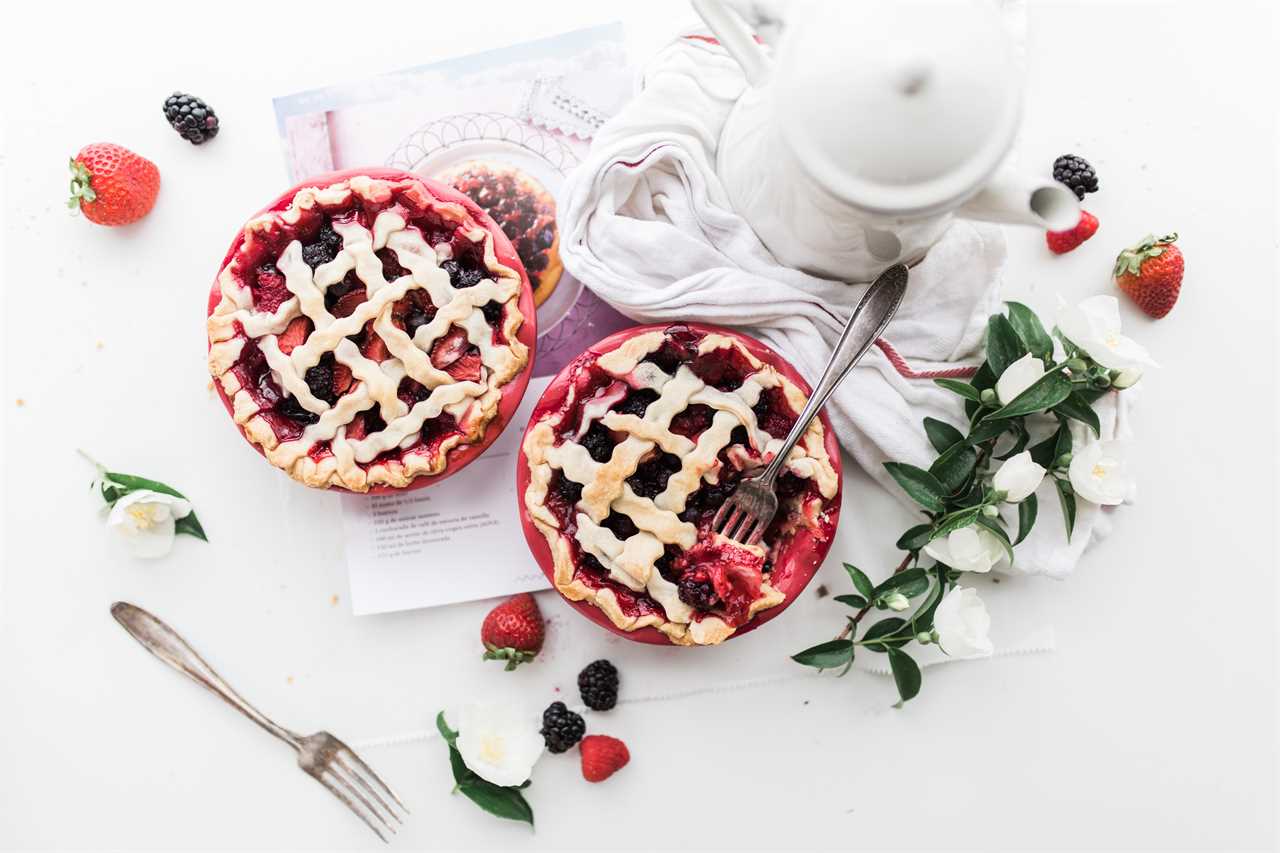
| Leavening Agent | Type | Ratio |
|---|---|---|
| Baking Powder | Chemical | 1 teaspoon: 1 cup |
| Baking Soda | Chemical | 1/4 teaspoon: 1 cup |
| Yeast | Biological | Varies |
When using chemical leaveners, it is important to follow the recommended ratios to avoid a bitter taste or a collapsed texture. Yeast, on the other hand, requires time to activate and creates a more complex flavor profile. Understanding the different leavening agent types and their ratios will empower bakers to create perfectly risen and delicious baked goods.
The Role of Fat in Baking
Fat plays a crucial role in baking, contributing to the texture, flavor, and moisture of the final baked goods. Its presence enhances the overall eating experience and gives a sense of indulgence.
-
Flavor: Fat carries and enhances the flavors of other ingredients, making baked goods taste richer and more satisfying. It adds a buttery, creamy, or nutty taste that lingers on the palate.
-
Texture: Fat tenderizes the baked goods by coating the flour particles, preventing the formation of gluten strands. This results in a tender, moist crumb that melts in your mouth.

-
Moisture: Fat acts as a moisture barrier, preventing the baked goods from drying out. It keeps them soft and moist for longer periods.
-
Crispy and flaky: In certain recipes, fat creates layers and pockets of air, leading to a crispy, flaky texture.
Understanding the role of fat in flavor and texture is essential for achieving the desired results in baking. By selecting the right type and amount of fat, bakers can create delicious treats that are both indulgent and satisfying.
Achieving the Perfect Texture
To achieve the perfect texture in their baked goods, bakers should focus on precise measurements and following the recipe’s instructions carefully. Accurate measurements ensure consistent results and help achieve the desired texture.
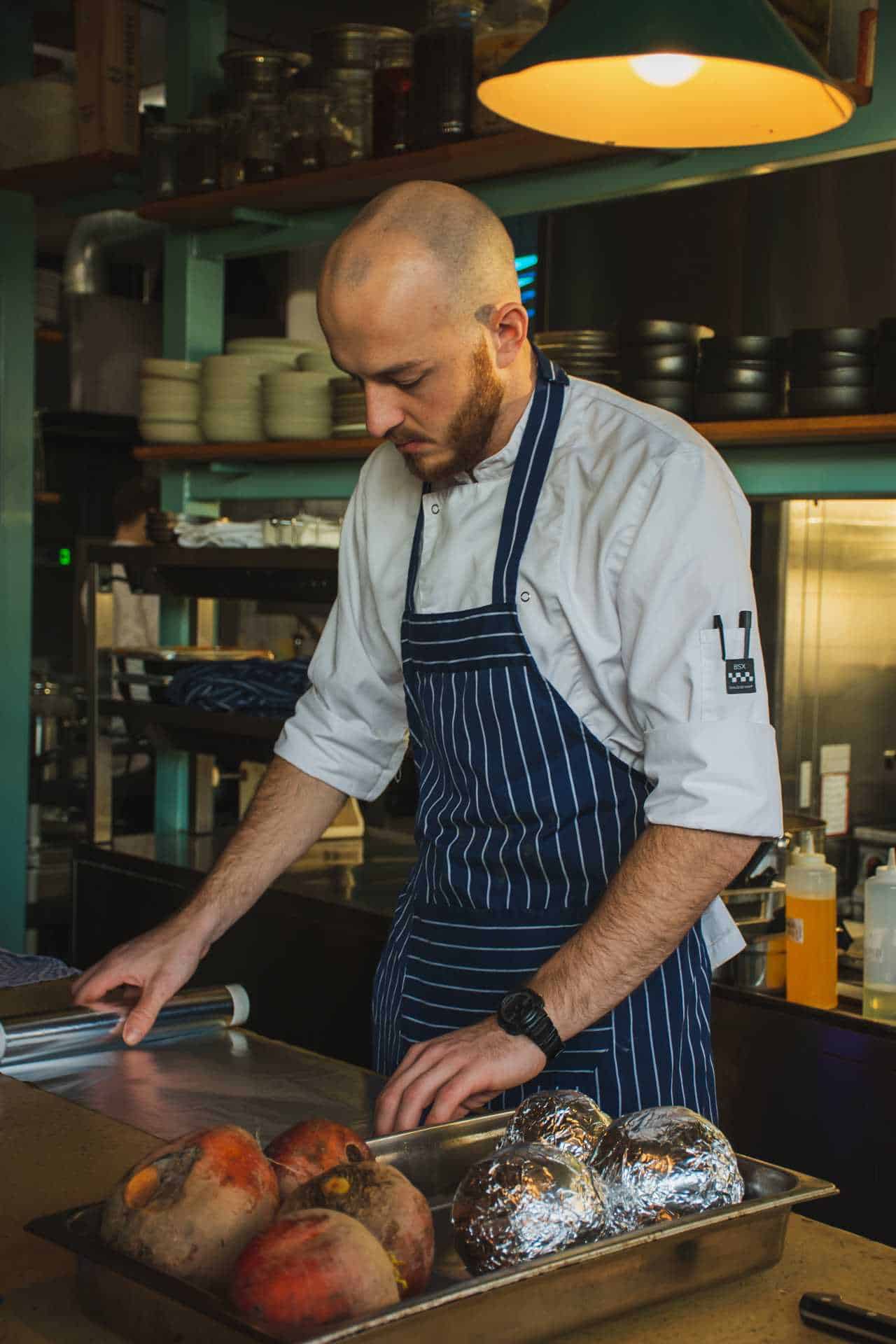
Additionally, the importance of gluten development cannot be overlooked. Gluten is a protein that forms when flour is mixed with water, and it gives structure and elasticity to baked goods. Proper gluten development leads to a light and airy texture. Bakers should pay attention to the mixing time and technique to encourage gluten formation.
Another factor in achieving the perfect texture is achieving even browning. This can be achieved by evenly distributing the heat in the oven and rotating the pans during baking.
Troubleshooting Common Baking Problems
When troubleshooting common baking problems, bakers should first examine their oven temperature to ensure it is accurate. Proper oven temperature is crucial for successful baking.
Here are some common baking mistakes and troubleshooting techniques to help achieve baking success:
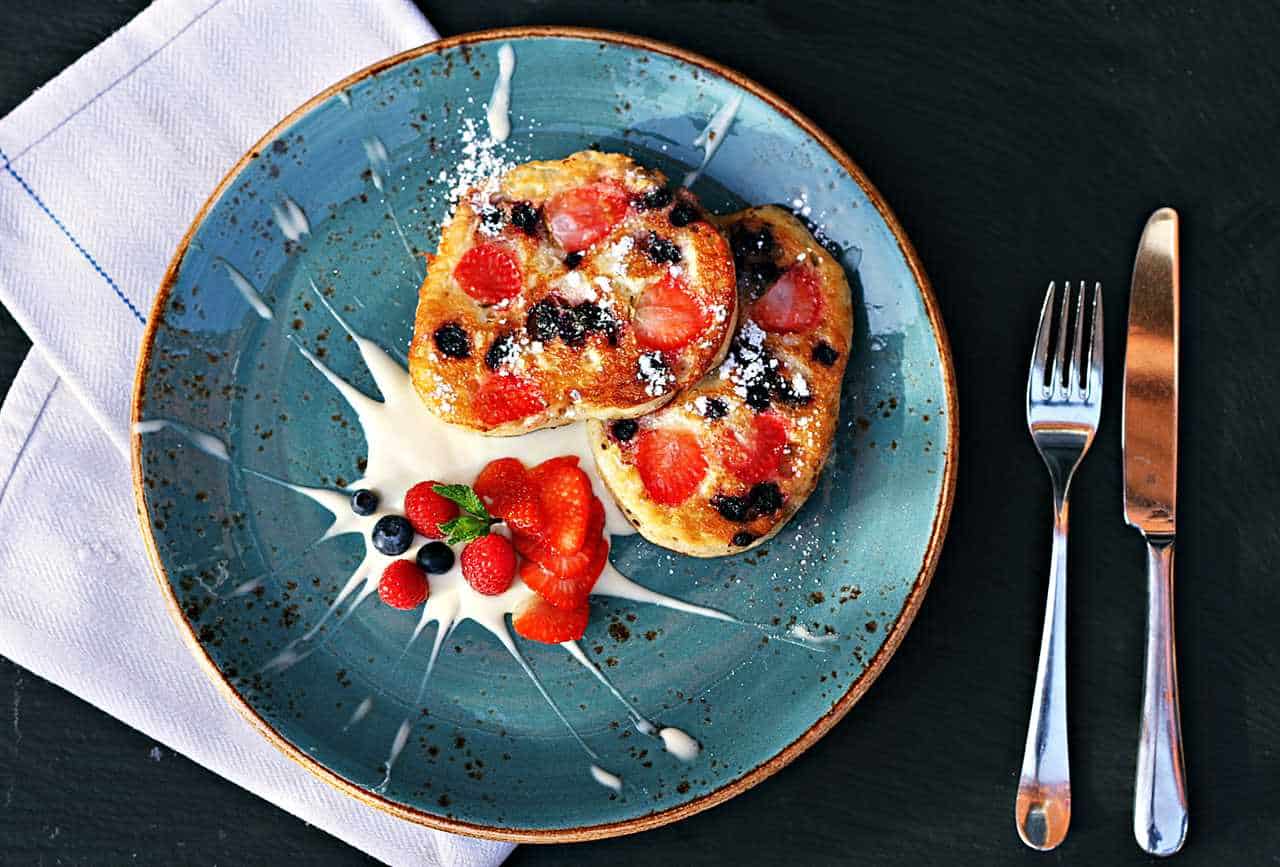
-
Uneven Baking: Check for hot spots in the oven by placing parchment paper on each rack and baking cookies. If some cookies brown faster than others, rotate the pans halfway through baking.
-
Soggy Bottom: To avoid a soggy bottom on pies or tarts, prebake the crust to create a barrier between the filling and crust. Use pie weights or dried beans to prevent the crust from puffing up.
-
Dry Cake: Overbaking can result in a dry cake. Use a toothpick to test for doneness, and remove the cake from the oven as soon as the toothpick comes out with a few crumbs attached.
-
Sunken Center: A sunken center can be caused by opening the oven door too early during baking. Wait until the cake is set before opening the door to prevent the sudden change in temperature.

Frequently Asked Questions
What Are Some Common Mistakes to Avoid When It Comes to Preparation and Time Management in Baking?
When it comes to preparation and time management in baking, there are a few common mistakes to avoid.
First, overmixing the batter can lead to tough and dense baked goods. It’s important to mix just until the ingredients are combined.
Second, not properly preheating the oven can result in uneven baking and longer cooking times. It’s crucial to preheat the oven to the recommended temperature before baking.
These simple tips can help ensure baking success.
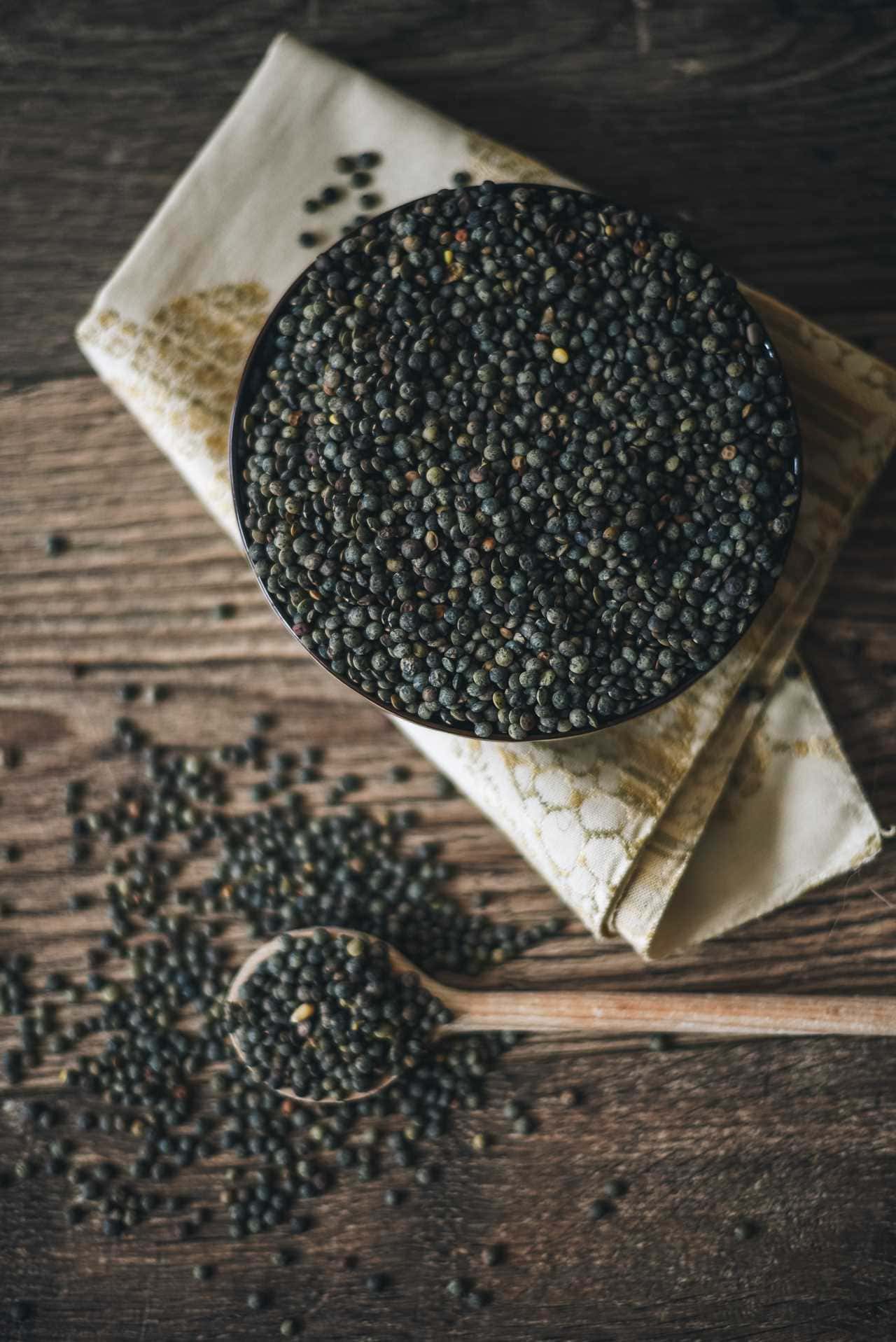
Is It Really Necessary to Weigh Ingredients Using a Scale, or Can I Just Use Volume Measurements?
It is necessary to weigh ingredients using a scale in baking. While volume measurements can work, weighing ingredients provides a higher level of precision. Baking is a science, and accurate measurements are crucial for consistent results.
Weighing ingredients ensures that you are using the exact amount required by the recipe, eliminating any guesswork. This precision can make a significant difference in the texture and outcome of your baked goods.
Can I Substitute Ingredients in a Recipe if I Don’t Have the Exact Ones Listed?
Substituting ingredients in a recipe can be tempting, but it’s important to exercise caution, especially for beginners. Stick to well-tested recipes and gain experience before attempting any modifications.
The order of ingredients in a recipe is crucial, as it affects the final texture of the baked goods. Altering ingredients can change the outcome of the recipe, so it’s best to follow it closely.
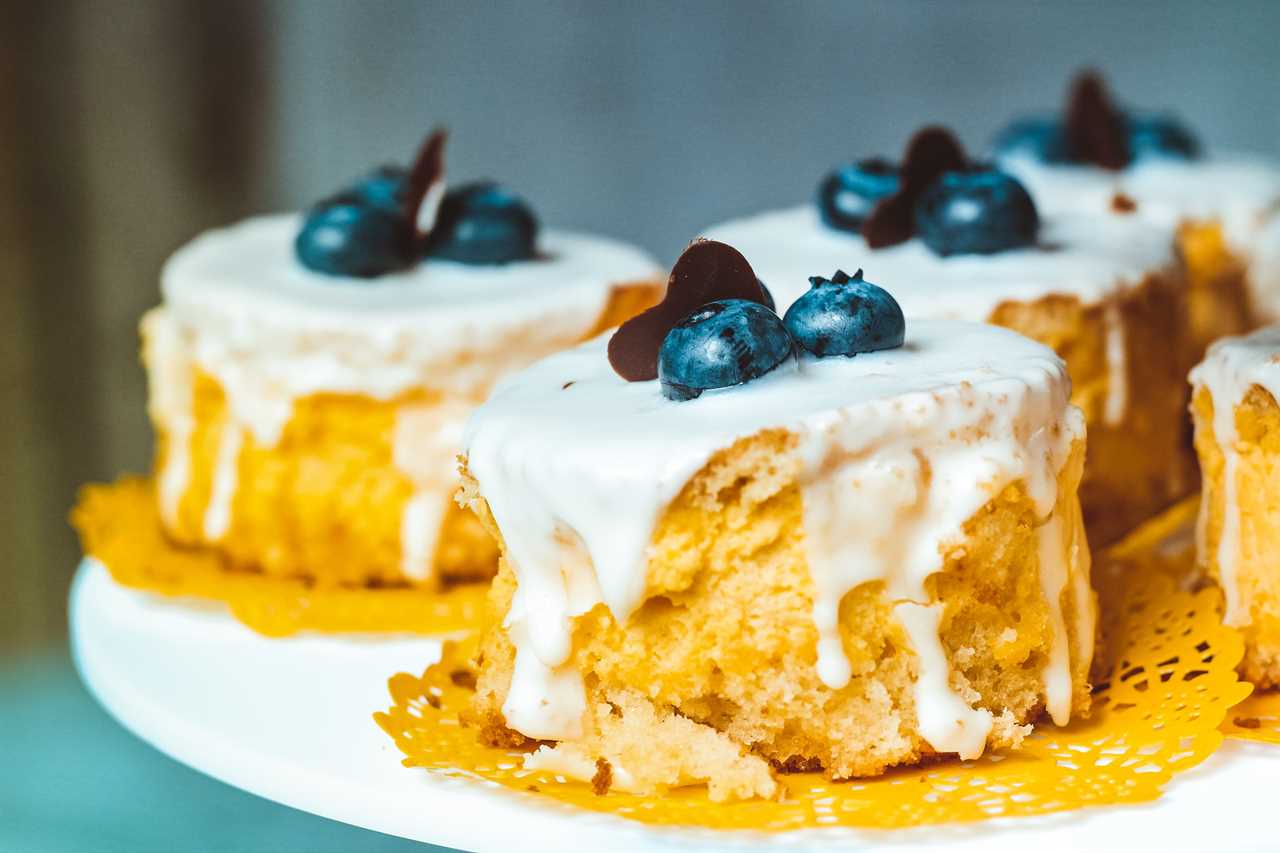
As you become more knowledgeable, you can explore ingredient substitutions with confidence.
Why Is It Important to Use Room Temperature Ingredients in Baking?
Using room temperature ingredients is crucial in baking because it’s like the key that unlocks the door to perfectly textured baked goods.
When ingredients like eggs, milk, or butter are at room temperature, they emulsify better into the batter, resulting in a uniform and smooth texture.
This allows the ingredients to blend together harmoniously, creating a delightful eating experience.
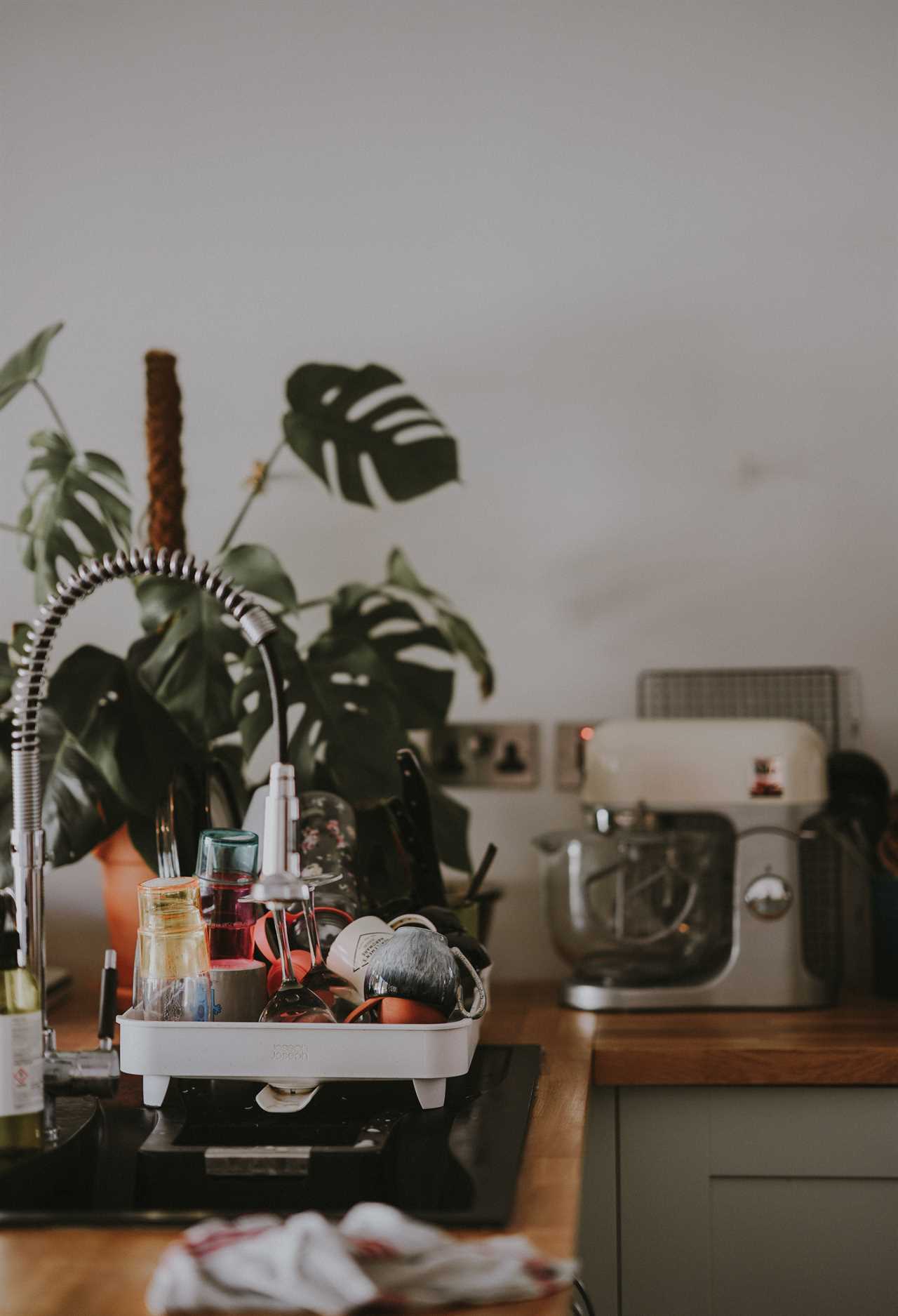
How Can I Determine the Characteristics and Hot Spots of My Oven?
To determine the characteristics and hot spots of their oven, individuals can use an oven thermometer. By placing the thermometer in various spots within the oven and monitoring the temperature, they can identify any variations in heating. This will help them adjust the temperature and baking times accordingly.
Additionally, they should keep the oven door closed as much as possible to maintain a consistent environment and use the oven window and light to check for doneness instead of frequently opening the door.
Did you miss our previous article…
http://www.greek-visions.com/el/kitchen-hacks-and-cooking-tips-for-easy-meal-prep/

